Essay by Marie Alfonsi
Artistic Legacy as an Act of Love
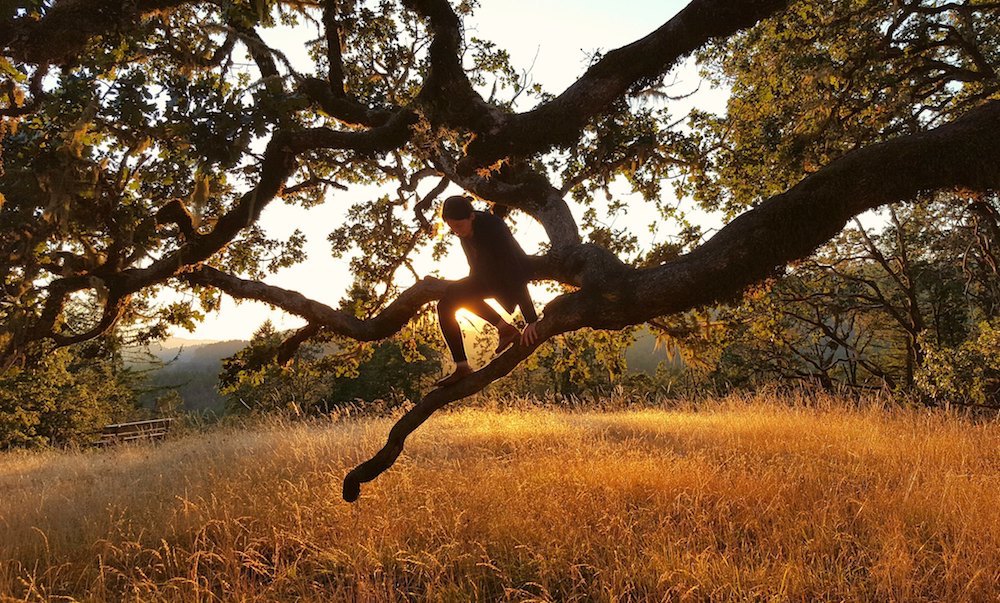
Through the dense oak, I arrive at our dilapidated family home with its yellow exterior, a box on a hill. On this 2018 visit, I gaze west, the clouds passing across the horizon, the deep southern California valley below offering an extraordinary view.
The house is perched at the end of a gutted road seven miles outside of town. Waves of weeds, golden and dry, line both sides. Oak trees dot the landscape, and it’s clear these trees are king. Their trunks are massive—roots so deep they took years to develop. They have taken their place among family, sturdy giants that comfort and protect.
An oak beetle has begun threatening many of the oldest, grandest trees. Drought. Thirst. Their bark is tender and brittle, stripped of the essential nutrients for survival. Each time I visit my parents in my childhood home, I notice fewer and fewer healthy trees. I'm shocked by their bowed branches and faded bark, the leaves changing from dark green to yellow.
The root systems of oak trees can extend hundreds of miles, overlapping underground even as they seem separate on the surface. Their shade is like no other, the branches fanning out endlessly to provide protection from unbearable heat. They are hearty, heavy presences that lack the drama of flowers or fruit.
There are moments we take for ourselves before even tougher moments. On this visit, I pause as I take in the familiar landscape. Then I quietly walk around the property. My father’s tools are still strewn about in his workshop. His vintage tractors look as if they haven’t been used for a while. Rusty relics, my father’s treasures.
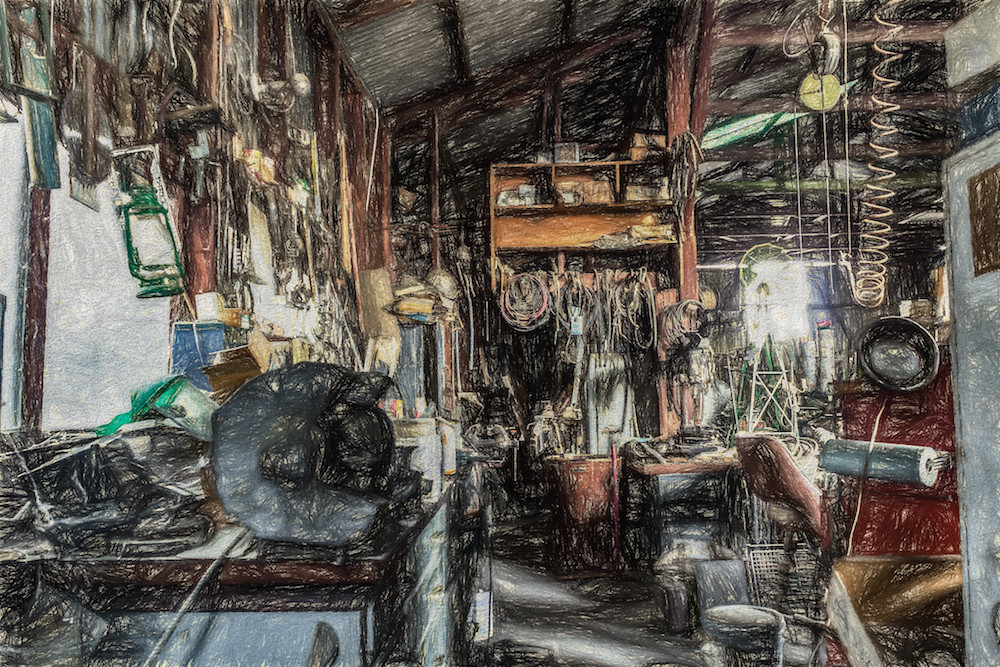
My mother has treasures, too. Today I'm helping clear out her art studio, and the hundreds of paintings and sketches are daunting. But as I think of the task ahead, the oaks offer their familiar, grounded guidance. The wind picks up, and I'm stirred back to the present by their swaying branches.
I lift my face to the sun, wanting to feel its warmth. There, in the long corridor of the valley, an osprey tilts slightly to the left, angling its wings to give it the lift it needs to survey its prey. I watch it pitch until it shoots straight down toward a target. Is that what freedom looks like? Here I am, envious of a bird, longing for a freedom never not mine.
As I walk in the front door, I notice the charred wall. Black patches spot it near the oven. There was a fire. Several years before, my mother lost all smell and taste and couldn’t detect the smoke. The accident happened on a route she walked every day. Distracted, she crossed the road and was hit by a car. She landed, head to pavement. Since then, she hasn’t been the same. She paints less and retreats into her head more often.
I once dated a woman, Diana, who established herself as a working artist. She worked with sculptures. Metal, bone, clay. We talked about having a family, once. She hadn’t considered children, she said. For her, it wasn’t a void, like some think. Her creations became an extension of her. All her energy, emotional and physical, went into her identity as an artist. I admired this way of thinking. Why had no one else I knew ever put an artistic life in these terms? Maybe they had, and I hadn’t listened. Maybe that’s what my mother was modeling all along.
“What if you thought of your creations as your children?” Diana asked. I’ve been thinking of that question ever since.
• • •
“How any woman with a family ever put pen to paper I cannot fathom,” wrote Virginia Woolf to her nephew Quentin Bell circa 1930, lamenting how domestic issues with her cook disrupted her letter writing. Ninety years later, Woolf’s sentiment echoes in my ears every time I see a woman with a child. These women seem like superhumans to me. Not every woman has the desire to put pen to paper. Not everyone is like me, I scold myself, but every woman should have that right. Of course, Virginia Woolf had inherited money and the luxury it allows. But still, our world often views women artists as indulgent, sometimes selfish, and impractical.
I see art disappearing more and more. What happened to the days when art was part of major institutions, when we strived to achieve a balance between science and art? When I tell my students that we used to have band and art classes every day, they don’t believe me.
Last year, I went to the high desert in Joshua Tree National Park, about a three-hour drive from where I grew up, for a solo writing retreat. In my little bungalow, I savored the solitude. For company, I listened to LGBTQ advocate Garth Greenwell discuss “Queer Beatitudes” with Brandon Taylor in a Between the Covers podcast.
Greenwell, a novelist and poet, is no stranger to the question of art’s purpose, and his words resonated even more than usual. Just as Jesus preached aspirational values that run contrary to facts (“blessed are the meek”), Greenwell says in the podcast, “Art, too, insists on a separate and sovereign system of values.” He adds:
Queer Beatitudes is pointing us towards values that might make life worth living. And, I mean to me, that is what art is for…. [Art] lies in splendor, this quality in art that I also think is a quality of queerness, this too much-ness…a kind of gratuity of beauty. That splendor makes me want to say yes to life.
Many of my visits home over the years have included painting side by side with my mother. Painting remained a remote hobby for me, but I shared it with her. She’d coach me in a gentle way, sometimes painting her own landscape, lost in her desire to make a stamp on the world.
Now the painting has mostly stopped for my mother. As her memory fades, I encourage the act, paintbrush to canvas, strokes that reignite a part of her that is slowly slipping away.
I’m here to help today.
We start in my mother’s studio—
Wood brushes, made with camel hair
Incomplete canvases, a time arc, frozen
Dried paint
Easels
How-to-do manuals
Paint books
Sketches
And there in the back of the room is a portrait of my mother.
Who did this? I ask
Me, it’s a self-portrait
Imagine this: seeing a part of you see yourself. It was like that, in that moment. I was seeing my mother as she imagined herself.
She had painted her image in a grotesque manner, bulging eyes with dark circles under them, elongated limbs, shades of black and white. She told me the title of the work was “Rough Night.”
I didn’t ask what it means.
Mental note: check back later about the title.
I want to have this painting forever. I ask; she agrees. Our eyes lock, and there is an understanding. I wonder how I’d capture my own likeness.
When you study a cross section of oak-tree rings, you see an alternating black-and-white pattern. These stamps reveal their longevity and fortitude, evidence of their contribution and value to this world. I wonder if all living things need a self-portrait.
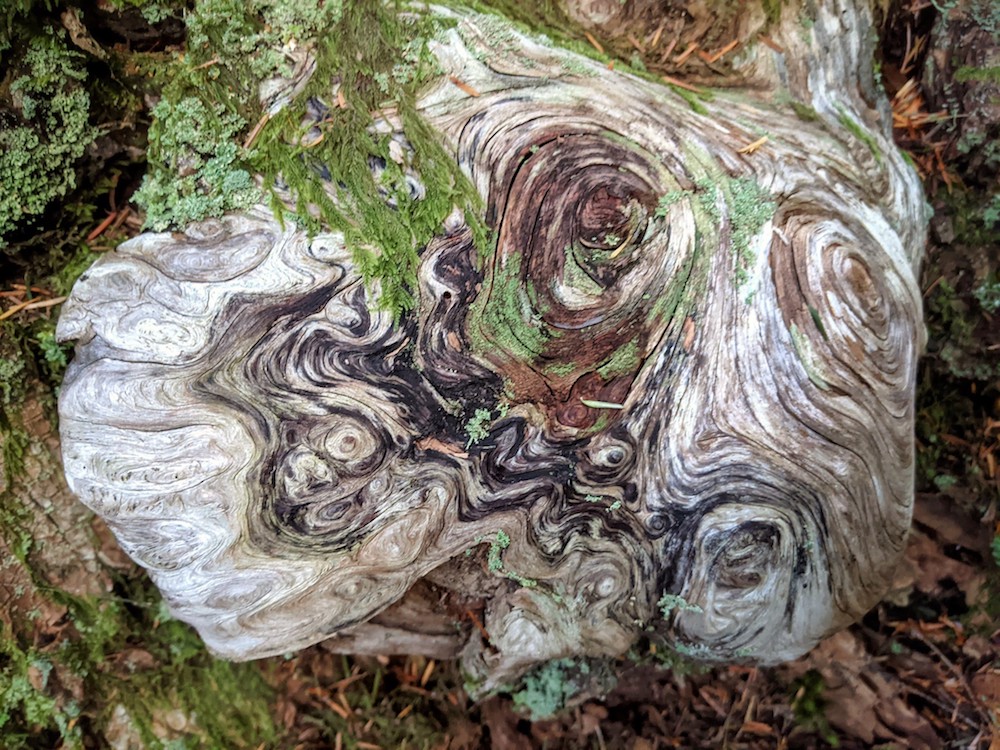
• • •
When I was little, my mother urged me to play the piano. I loved touching the white ivory keys, black and white, alternating. There was a language in those keys, and I was invited to decipher it. A mother who had already given me her language—cellular and otherwise—was inviting me in.
But the language I absorbed was one with actual words, taking form as an obsession with books and writing. This I learned from my mother, too. She owned a used bookshop, where she would paint in between customers. On two chairs, we perched ourselves—my mother reading or painting; and little me, legs up, devouring every children’s book I could find.
The Museum of Modern Art in New York City has recently renovated its collections to include more works by women and artists of color. In the late 1980s, the Guerilla Girls collective famously proclaimed in one of many colorful posters (a classic nude reclines with a guerilla mask) that “less than 5% of the artists in the Modern Arts sections are women, but 85% of the nudes are female.” The anonymous group spotlighted and reframed the question “Why haven’t there been more great women artists throughout Western history?” as “Why haven’t more women been considered great artists throughout Western history?”
I often think about the hidden art created by women in past millennia. Or the art that was never created, because women weren’t encouraged to be artists. I mourn that loss. We’ll never know how that altered history and culture, but I’m left wondering where the energy of that creative force went, as if it were steam, evaporating into the void.
The French artist Camille Claudel was said to be Rodin’s muse as well as his mistress. A muse. Amuse. Any museum pamphlet would have you believe she was just his lover, his amusement, the drive that helped him produce great art. Yet Claudel was a brilliant artist herself, often completing works for Rodin, signing his name on her work and vaulting those works to fame—until she ended up in a psychiatric hospital. Meanwhile, Rodin became one of the most celebrated sculptors of the late nineteenth and early twentieth centuries.
My mother, a product of the 1950s, was never encouraged to become an artist. My parents had grown up poor in Detroit, Michigan. Their first childhood memories were of the Depression. As children of Italian immigrants, my father didn’t learn English until he went to school. Theirs was a story of survival. My mother came from a big family, and she ended up having many children herself. If she were born in later decades, I wonder if her life might have been different. As many daughters know, we often take on the unfulfilled dreams of our mothers. My question has always been how to let her story inspire my own, not shape it.
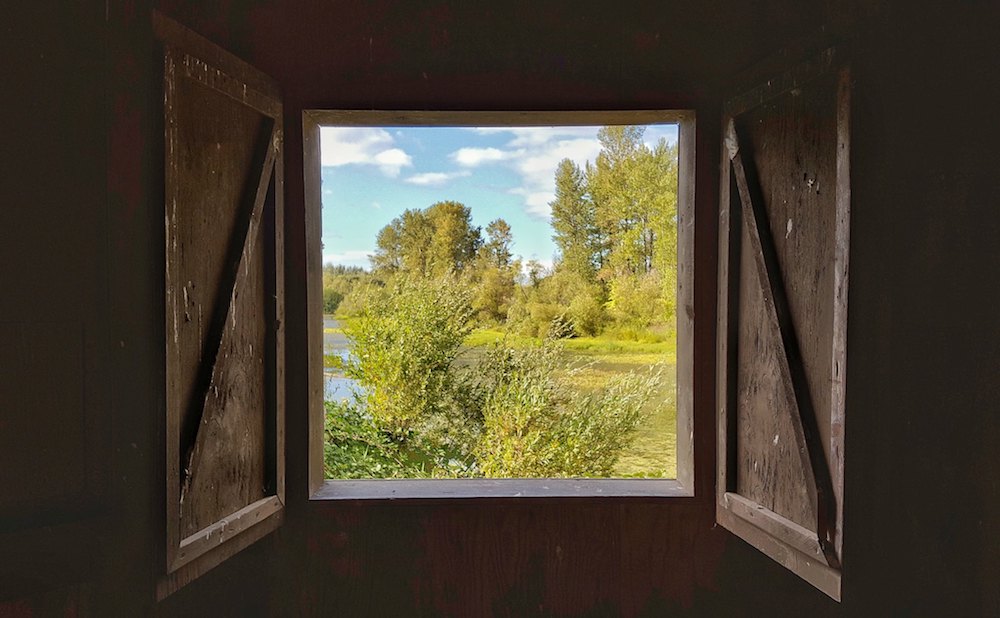
• • •
According to a "Home Guides" article in SFGate about oak root systems, “the initial root of the oak is the taproot, which grows deep underground, seeking a dependable supply of moisture.” I imagine that dark, earthen search of the baby root as a drama unfolding. I imagine the world alive underneath us, how life wants to become beauty but takes its time. Eventually, the taproot will spread out horizontally, anchoring the root system. Many environmental websites note that only 1 in 10,000 acorns will become a full-grown oak tree.
The Pechanga Oak Tree in Temecula, California, is the oldest oak, believed to be over 1,000 years old. Oak wood is famously powerful and strong, used for furniture and marine vessels. I often dream of these vessels, getting a second life, sailing away, the beginning arc of a new story.
At our family home, the dried buckwheat was always a concern in the summer because of fire danger. Wild, soft pillows were the size of a fingertip that crumbled when touched. Muted browns and ochre paled in the sharp heat. On my many walks around the property, I would find the bones of animals: rats, bunnies, squirrels. Once, my child hands reached past the sage stalk for the husk of a snake, shedding its ancient skin for the chance to reinvent itself. I remember carrying it home, demanding to know what it was. My parents explained, smiling at my wonder.
Many years later, winter comes fast in 2019, raining harder than it has for decades. The cycle of drought has been broken for a time, a respite for the remaining resident oaks dotting the landscape. Their roots can entwine temporarily again.
When I next visit the house on the hill, my mother announces she’s sold another painting, a smile spreading across her face. She then points to the oak tree hovering above us. She seems startled by the new fecund, leathery leaves growing in as spring approaches.
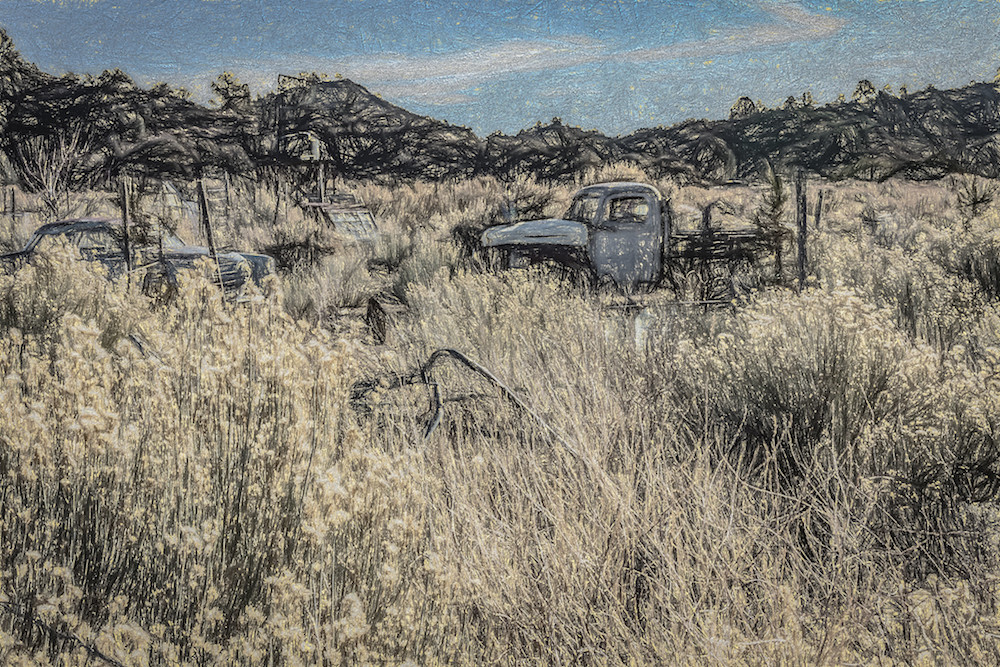
• • •
“Do you think of yourself more as an artist or a painter, Mama?” I asked a few years ago. Without missing a beat, she said, “Artist.”
I’ve often wondered what it was like to raise four children as she struggled to find time to paint. Her studio was in one tiny corner of the house, and I visited it when I wanted to feel close to her. I wanted to know this side of her, but she rarely shared her love for it with the family, perhaps needing to keep it to herself. Even as a child, I sensed her need, even if I didn’t like how it took her away from us. Years later, I would have the same need.
She has been painting for fifty years. Slow, steady work that she did all alone. Over the last 25 years, she opened her own art studio and managed a cooperative with many other painters. My mother was never happier, thriving during that time.
My siblings and I were too caught up in our own worlds to see the one our mother adored and retreated to. The only memory clues I have left are when my father took us out to dinner once a week for what seemed like years. My mother was away at art class, I found out later. She would come home, and I’d snuggle up without questioning where she’d been.
I wonder how many of us have to work in private. How many mothers put away the most cherished parts of themselves as they seek to balance all their roles? I see my friends doing this, carving out small windows of time to do what they love.
When we came home from the hospital after her accident, my mother looked like she’d aged ten years in 24 hours. Weeks later, we would realize the profound shock it had been when her hair fell out. I saw her differently then. In quiet moments, when she wasn’t looking, I watched her. Her hunched back always managed to catch me off guard.
My mother’s body. The one that lifted and held me all those years. A beloved body in decline.
Maybe it’s every child’s wish to carry on something from a parent, but in that moment, I vowed to continue her artistic legacy as an act of love.
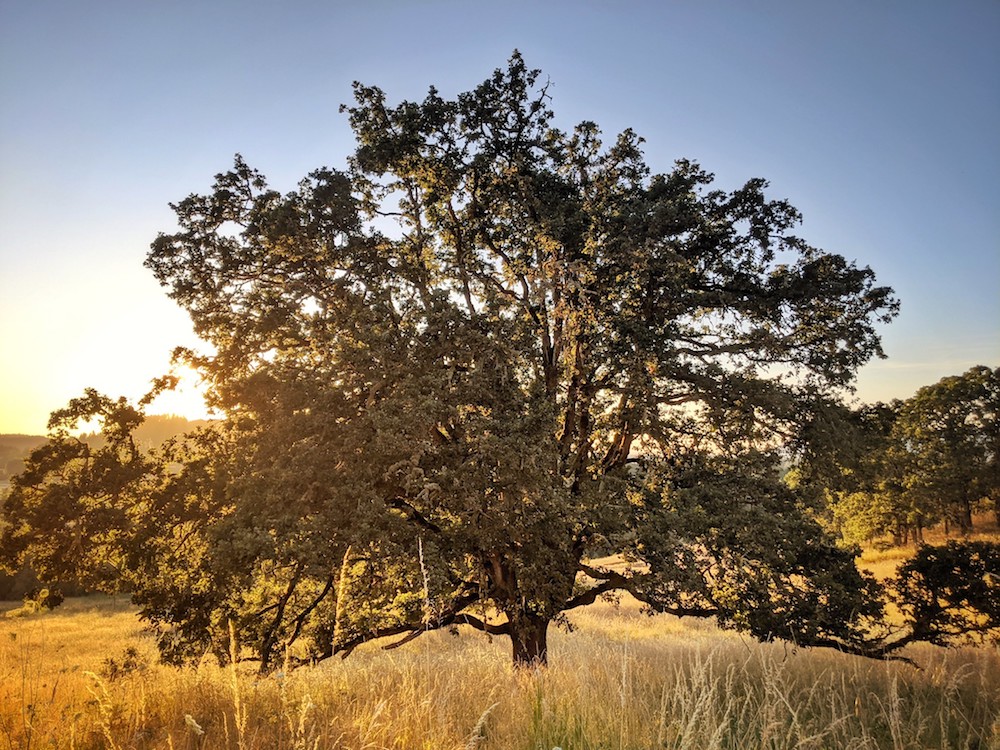
Publishing Information
- “Virginia Woolf letter and photograph, around 1930,” David M. Rubenstein Rare Book and Manuscript Library, Duke University.
- “Tin House Live: Queer Beatitudes With Brandon Taylor and Garth Greenwell,” Between the Covers (Tin House and KBOO 90.7FM podcast hosted by David Naimon), September 12, 2020.
- “An Expanded MoMA Adds More Women Artists” by Judith H. Dobrzynski, Wall Street Journal, October 10, 2019.
- “Guerilla Girls: Do women have to be naked to get into the Met. Museum?” (poster), Tate (museum website).
- “Camille Claudel: Art as Exclamation” by Caitlin Hoerr, National Museum of Women in the Arts (blog/website), April 6, 2014.
- “Get the Facts: Learn about gender inequity in the arts with some eye-opening facts,” National Museum of Women in the Arts (website).
- “The Root System of Oak Trees” by Mary Simpson, SFGate (Home Guides), December 14, 2018.
- “Bumper Crop of Acorns: Only 1 in 10,000 Grows Into a Tree” by Dave Jones, UC Davis (website), November 9, 2007.
- “The Great Oak,” Pechanga Band of Luiseño Indians (website).
Art Information
- “Tree-Climber,” photo of tree stump, “White Waders, Shedd, OR,” and “Buford Park Oak” © Jonathan Lidbeck; Creative Commons license.
- “Pick One” and “Potential Yard Sale” © David Seibold; Creative Commons license.
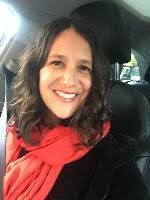 Marie Alfonsi grew up in the beloved landscape of rural San Diego but has also lived abroad in France. She completed her undergraduate work at the University of California San Diego with a major in literature and received her master’s in comparative literature at San Diego State University. She currently teaches composition, literature, and creative writing at San Diego Mesa College and is working on her MFA. She lives with her partner and their English bulldog Gustavo and pug Emmylou.
Marie Alfonsi grew up in the beloved landscape of rural San Diego but has also lived abroad in France. She completed her undergraduate work at the University of California San Diego with a major in literature and received her master’s in comparative literature at San Diego State University. She currently teaches composition, literature, and creative writing at San Diego Mesa College and is working on her MFA. She lives with her partner and their English bulldog Gustavo and pug Emmylou.
